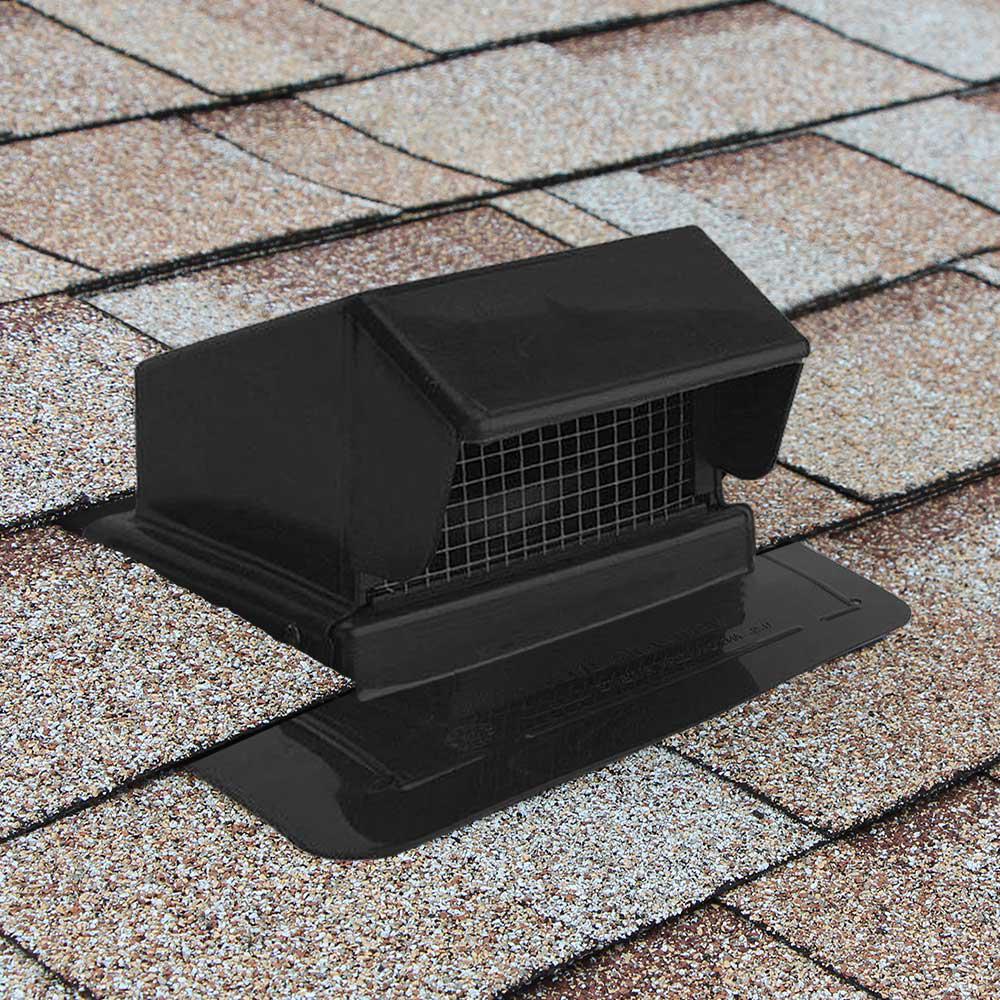The idea of roof vents existed for hundreds of years with natural vents employed in chinese buildings during the tang dynasty natural ventilation ducts in the buddhist monks caves and wind catchers incorporated in arabian architecture.
Pictures of rv49 roof vents installed on roofs.
The most common types of vents are soffits static exhaust vents and ridge vents that span your entire roof and you can install all of them easily with a few tools from.
The building codes and building science for.
They are not generally visible from a distance and provide excellent protection against unfavorable weather conditions pests dust debris etc.
Vent roofs with steeples towers or cupolas can be found in different buildings from barns to cathedrals.
Plus roofing and attic ventilation systems can protect homes from the expensive roof and structural damage caused by trapped heat ice dams moisture and mold.
If there are more than one they are centered between the rafters and installed at regular intervals in a horizontal line along the roof.
For every 300 square feet 28 m 2 in your home you should have at least 1 square foot 0 093 m 2 of ventilation.
Soffit vents are made of aluminum or vinyl and are one of the most popular intake vents.
A shingle over vent is installed over the ridge of a roof and is covered over by asphalt shingle caps that match the surrounding roof shingles.
Roof vents are devices that allow moisture in your home to escape and prevent the growth of mold and mildew.
An aluminum ridge vent has a mushroom shaped profile combined with a wide flange on both sides that sits on top of the roof shingles.










